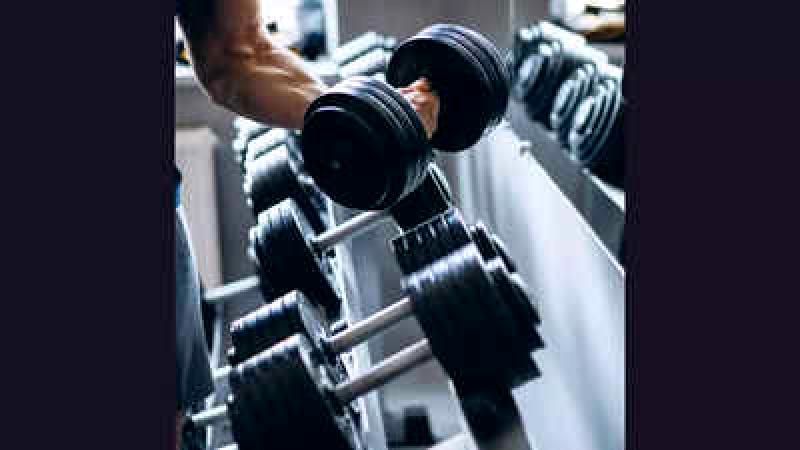
In the limelight, they are known as 'sheroes.' However, behind the scenes, women in the Kannada film industry continue to face challenges in asserting their presence and voice. While their performances, costumes, makeup, and hairstyles garner attention and admiration on screen, these women struggle to access basic amenities such as washrooms on film sets. The issue of pay parity is also prevalent. The industry has undergone significant transformation in the past decade, witnessing a notable increase in the number of women in various roles including stylists, choreographers, and cinematographers. Despite this progress, the industry infrastructure remains largely male-oriented, and the necessity for inclusivity is still a matter of debate. These women encounter daily instances of sexism in their workplace. Some adapt to the status quo, hoping for a brighter future, while others choose to pursue independent work outside the industry. Here are the key demands from these women:
Patriarchal System Suppresses Female Technicians: Makeup Artist
The makeup sector is predominantly controlled by 'makeup dadas,' with men also holding sway in the makeup artist association. We are often undervalued by them due to the patriarchal notion that their experience spans generations, deeming them superior to us. Working under the association entails daily wages as low as ₹2,000-3,000, contrasting with the ₹15,000-20,000 we earn independently. Presently, lead actresses may request specific makeup artists, but we are still required to collaborate with a male colleague appointed by the association. While I handle makeup in the trailer, the male companion assists the actress on set, even in tasks as simple as adjusting zippers or applying cleavage makeup, leaving the lead actress dependent on him, creating an uncomfortable dynamic.Actresses such as Vydurya Lokesh are often limited to smaller projects, according to a screenplay writer. Producers frequently question whether a script is female-centric, assuming that women are only capable of creating low-budget or non-commercial films. They assign stereotypical genres to women and resist efforts to break free from these constraints, claiming that audiences won't accept it. In some instances, female professionals face challenges such as being paid less than their male counterparts and encountering resistance when asserting their basic needs on set. Despite increased inclusivity in the industry, there remains a lack of support for women in fulfilling these fundamental requirements.There is a need for an increase in female representation in the industry, particularly in terms of speaking roles. The imbalance is evident as women have fewer dialogues in movies, resulting in less work for female dubbing artists compared to their male counterparts. Additionally, there has been a lack of women-centric films recently, and female singers have not had many opportunities for solo songs. Most songs feature duets or 'item songs', indicating a scarcity of female voices on screen. - Sparsha RK, a singer and voiceover artist.











